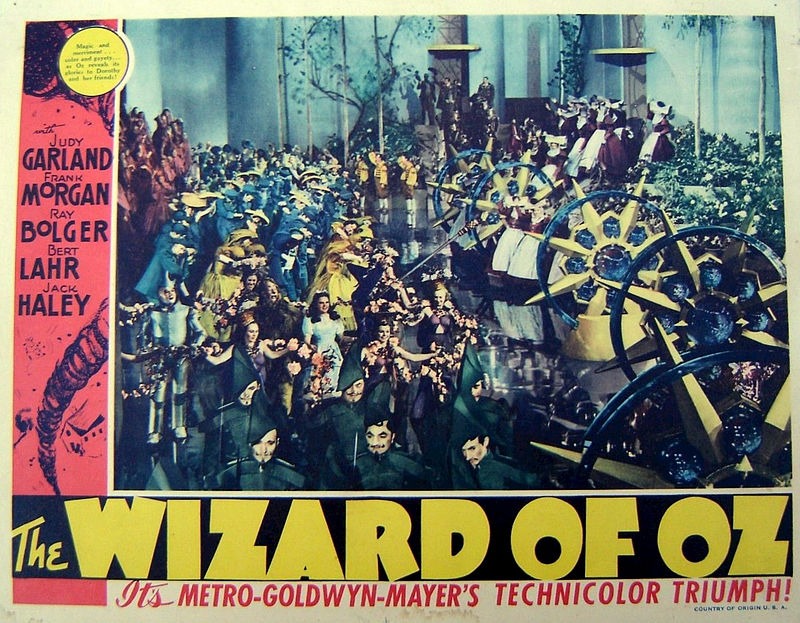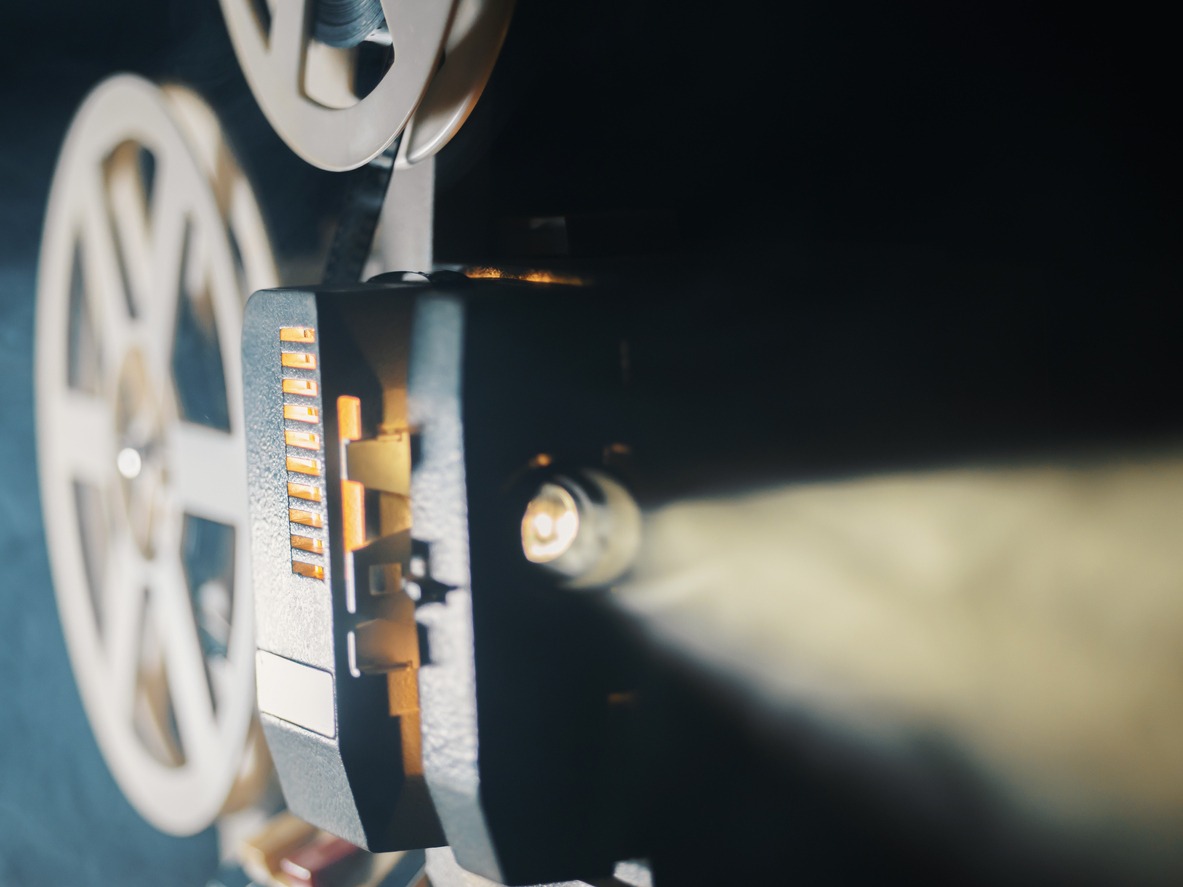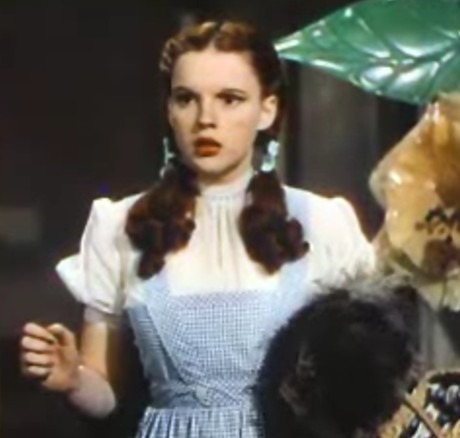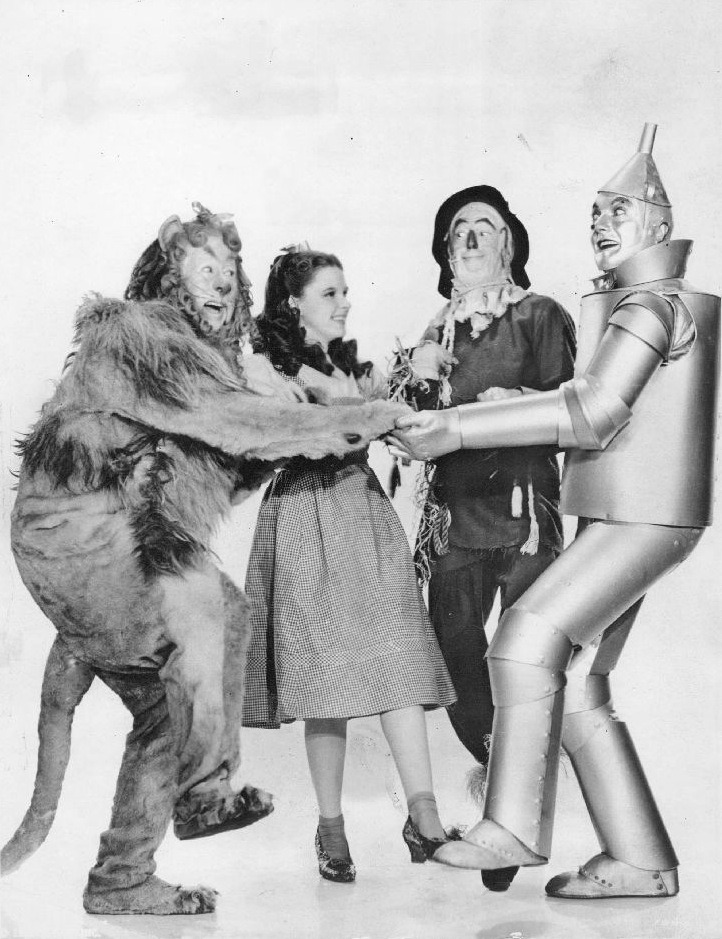“The Wizard of Oz” is among the many popular movies that a lot of people enjoy watching. It was produced in 1939, which was a very long time ago. It is a special movie because it was one of the first to use lots of bright and beautiful colors. Before this, most movies were in black and white. That’s why when people saw it, they were amazed by the colors and the magical land it showed.
In “The Wizard of Oz,” they used some really clever camera and film tricks to make everything look magical and colorful. In this article, we are going to talk about how they did this. It’s interesting to learn how movies were made back then and how different it was from making movies today.
The Dawn of Technicolor
“The Wizard of Oz” is famous for its vivid use of colors, which was a big deal back in 1939. This was possible thanks to a process called Technicolor. Before Technicolor, most movies were in black and white, so seeing a film in color was a whole new experience for audiences.
What is Technicolor?
Technicolor was a new way to make movies in color. It used three strips of film, each capturing a different primary color: red, green, and blue. When these colors were combined, they created a wide range of colors on the screen. This made the movies look more lifelike and exciting.
Technicolor in “The Wizard of Oz”
In “The Wizard of Oz,” the use of Technicolor was magical. The movie starts in black and white, showing Dorothy’s life in Kansas. But when she arrives in the Land of Oz, everything bursts into color. This change was not just beautiful but also helped tell the story. The bright colors of Oz made it feel like a dream compared to the gray world of Kansas.
The Impact of Technicolor
The use of Technicolor in “The Wizard of Oz” showed what was possible with this new technology. It made the movie more than just a story; it was an experience. This helped change how movies were made. More filmmakers wanted to use color in their films, making movies more vibrant and engaging for audiences.
Technicolor was a big step forward in movie-making. It made “The Wizard of Oz” a memorable film and changed how people thought about movies. The colors made the magical land of Oz come alive and left a lasting impact on cinema history.
Camera Technology and Techniques
“The Wizard of Oz” not only dazzled audiences with its vibrant colors but also showcased innovative camera technology and filming techniques of its time. The movie utilized state-of-the-art equipment and creative methods to bring the magical world of Oz to life.
Cameras Used
The primary camera used for “The Wizard of Oz” was the Mitchell BNC (Bell & Howell), a standard in Hollywood during that era. This camera was known for its reliability and ability to capture sharp images, which was crucial for the detailed sets and costumes of Oz. The Mitchell BNC, combined with Technicolor’s three-strip process, allowed filmmakers to achieve unparalleled visual quality.
Innovative Techniques
Filmmakers employed a variety of innovative techniques to create the movie’s magical effects. For instance, they used matte paintings to extend the sets and create the illusion of the Emerald City’s vastness. These paintings were combined with live-action footage to make the scenes more realistic.
For the famous tornado scene, a muslin stocking was used to simulate the tornado, with detailed miniatures to create the illusion of a storm tearing through Kansas. This combination of practical effects and camera work contributed to one of the film’s most memorable scenes.
Camera Movement and Angles
The film also made use of dynamic camera movements and angles to enhance storytelling. For example, the camera would often swoop down low to capture the Yellow Brick Road at an angle that emphasized its length and the journey ahead. Such techniques helped immerse viewers in the fantastical world of Oz, making the journey feel more epic and adventurous.
Lighting Techniques
Lighting played a crucial role in transitioning from the sepia-toned Kansas to the Technicolor world of Oz. The filmmakers used innovative lighting techniques to accentuate the colors and textures of the Oz landscape, making the transition even more striking. The lighting not only highlighted the vibrant colors of the costumes and sets but also helped to create mood and atmosphere, adding depth to the visual storytelling.
“The Wizard of Oz” remains a testament to the innovative use of camera technology and techniques of its time. The filmmakers’ ability to blend creative camera work with groundbreaking Technicolor technology and practical effects helped create a timeless classic that continues to enchant audiences with its visual splendor.
Special Effects and Innovations
“The Wizard of Oz” was a groundbreaking film not just for its use of color but also for its innovative special effects that contributed to the magical feel of the movie. At a time when digital effects were decades away, the filmmakers relied on creativity and ingenuity to bring the fantastical elements of Oz to life.
- Tornado Scene: One of the most iconic special effects in the movie is the tornado that carries Dorothy to Oz. The effect was created using a 35-foot-long muslin stocking that was moved around with rods and mechanical devices on a miniature set representing the Kansas prairie. This innovative approach created a realistic and terrifying tornado on screen, a feat that was remarkable for its time.
- The Emerald City: The Emerald City was brought to life using a combination of matte paintings, scale models, and forced perspective techniques. The filmmakers created an illusion of depth and grandeur that made the Emerald City seem vast and majestic despite the limitations of the soundstage.
- The Wicked Witch’s Disappearance: The scene where the Wicked Witch of the West melts away was achieved through practical effects. The actress stood on a platform that lowered her below the stage as her witch costume collapsed, creating the illusion that she was melting. Smoke and lighting effects added to the dramatic effect of her disappearance.
- The Ruby Slippers: The magical transformation of Dorothy’s shoes into the Ruby Slippers involved both practical and camera effects. The slippers were first filmed as silver shoes, which were then hand-tinted red in post-production to create the sparkling Ruby Slippers, highlighting the magic of the moment.
- Flying Monkeys and Other Creatures: The flying monkeys and other fantastical creatures were brought to life through a combination of puppetry, wire work, and costume design. The actors and stunt performers were suspended on wires to simulate flight, a technique that required precise coordination and innovative rigging to ensure safety and realism.
These special effects and innovations in “The Wizard of Oz” set new standards for what could be achieved in filmmaking. The creativity and ingenuity of the production team allowed them to overcome technical limitations and bring the magical world of Oz to life, captivating audiences for generations to come.
Challenges and Solutions
Producing “The Wizard of Oz” presented a unique set of challenges, largely due to its ambitious use of Technicolor, special effects, and the overall scale of the production. The filmmakers had to come up with creative solutions to turn their vision into reality.
Adapting to Technicolor
Challenge: One of the major challenges was adapting the film production to accommodate the Technicolor process. Technicolor required significantly more light than black-and-white filming, which made the set extremely hot and uncomfortable for actors, especially those in heavy makeup and costumes.
Solution: The production team used innovative lighting techniques and modified the set design to manage the heat and lighting requirements. They also scheduled frequent breaks and made adjustments to costumes and makeup to ensure the actors’ comfort and safety.
Creating the Emerald City
Challenge: Creating the majestic Emerald City and other fantastical elements of Oz with the limitations of 1930s technology was daunting. The filmmakers needed to make these elements believable and magical without the aid of digital effects.
Solution: The team used matte paintings, miniatures, and forced perspective to create the illusion of the Emerald City’s grandeur. They combined these techniques with creative set design and camera angles to make Oz appear as a vast and enchanting world.
The Tornado Effect
Challenge: Simulating a realistic tornado was a significant challenge, as it required creating a convincing effect that could interact with the film’s physical sets and actors.
Solution: The special effects team constructed a 35-foot muslin stocking and manipulated it using rods and mechanical devices to mimic the movement of a tornado. This was filmed over a miniature Kansas farm set, creating a convincing and terrifying tornado scene.
Transitioning from Kansas to Oz
Challenge: The transition from the sepia-toned Kansas to the vibrant Technicolor world of Oz needed to be seamless and convincing to maintain the story’s magic and surprise.
Solution: The filmmakers used a clever in-camera effect for the transition. Dorothy opened a door painted in sepia tones, stepping into a brightly colored Oz set while the camera remained fixed. This practical effect created a stunning and memorable transition that captured the magic of entering Oz.
Managing Complex Makeup and Costumes
Challenge: The elaborate makeup and costumes, especially for characters like the Cowardly Lion and the Tin Man, were complex and needed to withstand the harsh conditions of the Technicolor lighting.
Solution: The makeup and costume departments worked closely to develop materials and techniques that would hold up under the intense lights and long shooting days. This included using durable materials and innovative makeup techniques to ensure the characters’ appearances remained consistent throughout the film.
These challenges and their creative solutions highlight the ingenuity and dedication of the production team behind “The Wizard of Oz.” Their ability to overcome technical and logistical obstacles contributed to the film’s enduring legacy as a masterpiece of imagination and innovation.
Conclusion
In summary, “The Wizard of Oz” was shot using the Technicolor process, specifically the three-strip Technicolor process, which was a groundbreaking color film process of the time. For the camera technology, “The Wizard of Oz” primarily used Mitchell BNC cameras. These cameras were standard in Hollywood during that era and were known for their durability and high image quality. The Mitchell BNC, in combination with the Technicolor process, allowed the filmmakers to achieve the vibrant and iconic look that “The Wizard of Oz” is still celebrated for today.
In making “The Wizard of Oz,” the filmmakers used a lot of creativity and hard work to solve problems and make the movie special. They showed us that with clever ideas and teamwork, it’s possible to create a magical world that people can believe in and enjoy. This movie teaches us that even the biggest challenges can lead to wonderful things, just like Dorothy’s adventure in Oz.





